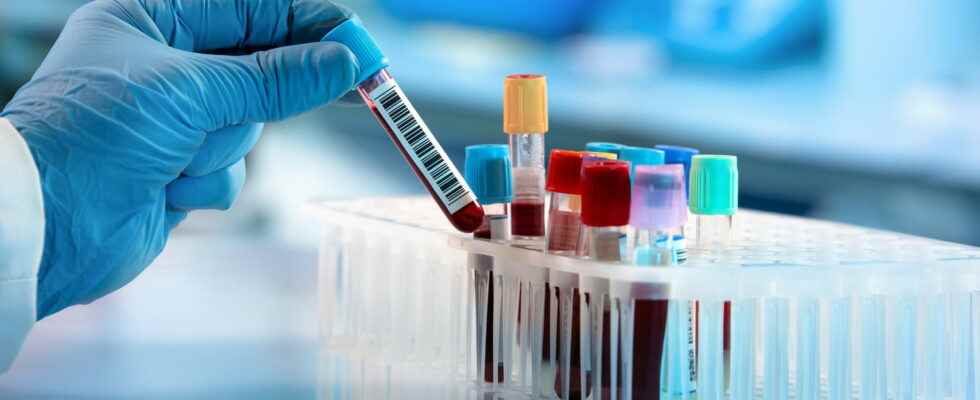This test, carried out in the laboratory on a blood sample, makes it possible to highlight the presence of antibodies intended to destroy the patient’s red blood cells. It is very useful for diagnosing autoimmune anemia or fetomaternal incompatibility. How is it practiced? How to interpret the results? Explanations.
Definition: what is the Coombs test?
The antiglobulin testor Coombs test, is used to detect the presence of antibodies that have bound to antigens, causing the destruction of red blood cells present in the blood. This one is made from a blood sample. A distinction is made between the direct Coombs test and the indirect Coombs test.
What is a direct Coombs test?
The direct Coombs test essentially highlights the presence of immunoglobulins on the surface of red blood cells. It’s about auto-antibodies, capable of causing the destruction of red blood cells. “If autoantibodies are present, the red blood cells clump together, the test is positive. On the other hand, if the auto-antibodies are not present, there is no agglutination of the red blood cells, the test is negative. If it is positive, it will be renewed with several types of antibodies to determine and assay the specific antibody“, explains Dr. Monique Quillard, general practitioner.
What is an indirect Coombs test?
He is complementary to the direct Coombs test and is only carried out if the latter is positive. “It makes it possible to detect antibodies present in the serum of the patient. It allows to determine the specificity of the antibody“, says Dr. Quillard.
Why do the Coombs test?
It is prescribed in the following cases:
- Autoimmune hemolytic anemia or after certain viral infections (infectious mononucleosis for example).
- Search for maternal-fetal incompatibility (blood group of the mother and the fetus incompatible, in particular at the rhesus level) which can cause hemolytic disease in the infant
- After a blood transfusion (blood group incompatibility).
- In case of hepatic cirrhosis
- In case of autoimmune diseases
- Certain myelomas
The test is done via a venous sampling. The blood is brought into contact with Coombs’ reagent. It is not no need to fast.
What does a positive Coombs test mean?
The test is positive when an agglutination of red blood cells is observed. A positive test result means that antibodies are present. “As it gives no indication as to the antibody present, it will then be necessary to renew the Coombs test for each category of antibodies (immunoglobulins G, A, M…) to determine the one in question“, adds Dr. Quillard.
What does a negative Coombs test mean?
The test is negative if no agglutination is present: this means that antibodies are absent.
Thanks to Dr. Monique Quillard, general practitioner.
